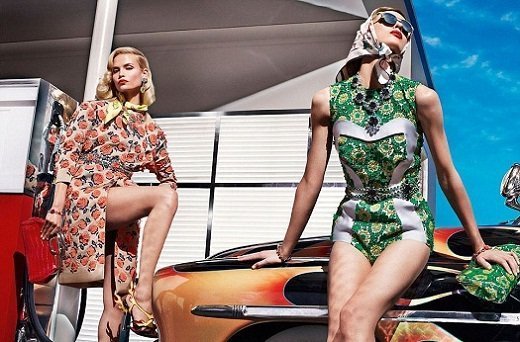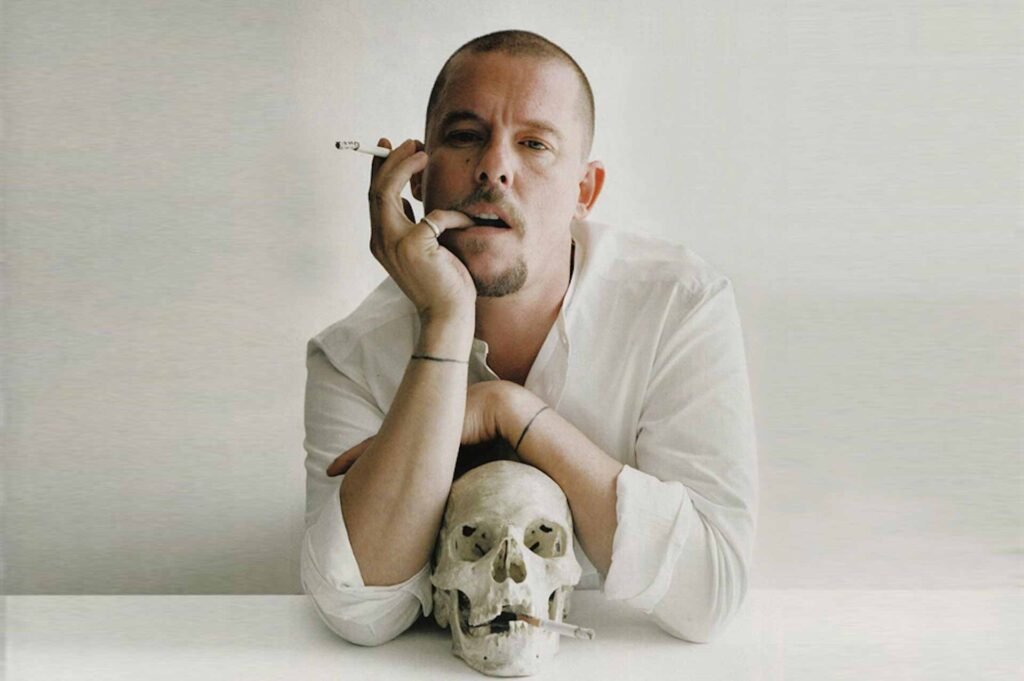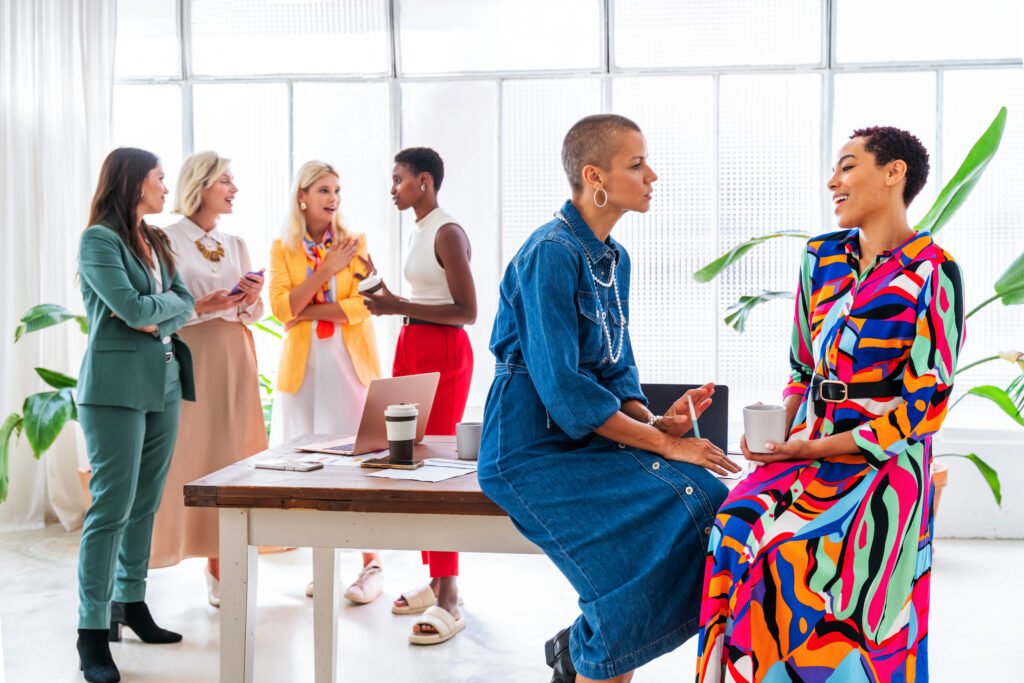Fashion has always been deeply connected to art, becoming a fertile ground for experimentation and innovation. Iconic fashion shows reveal that artistic references are not only found in prints but also in shapes, textures, and concepts that define each garment. For a designer, understanding art means unlocking a universe of creative possibilities that result in truly unique collections.
Throughout history, art has inspired entire fashion movements, from the extravagance of the Baroque to contemporary minimalism. This relationship is so profound that garments often become portable masterpieces, carrying visual narratives that evoke emotions. As stated in The Philosophy of Fashion by Georg Simmel, published in 1905, “fashion is a social phenomenon fueled by new ideas, often coming from art.”
The Fusion Between Fashion and Art
Designers use art as a starting point to create collections that go beyond mere functionality. Paintings, sculptures, installations, and even performances influence cuts and color combinations. For instance, Prada’s Spring/Summer 2012 collection was inspired by the pop art universe, resulting in vibrant colors and bold shapes.

Museums and galleries also serve as valuable sources of inspiration. The Louvre Museum in Paris and MoMA in New York have hosted exhibitions exploring the relationship between fashion and art, showing how this intersection creates new visual narratives. For many designers, walking through a hall filled with masterpieces is just as important as visiting textile workshops.
The presence of art in fashion design is not only aesthetic but also conceptual. It shapes how a collection communicates messages and emotions to the public, making it memorable and distinctive.
Creative Techniques for Transforming Art into Fashion
Translating art into clothing requires specific techniques. Prints based on classical artworks, color palettes inspired by artistic movements, and cuts that mimic sculptures are just a few examples. Alexander McQueen, for example, became famous for collections evoking the dark and dramatic aesthetics of Romanticism, creating garments that resembled art installations.

Another important aspect is the collaboration between visual artists and fashion brands. Partnerships such as Louis Vuitton and Takashi Murakami demonstrated how art can revitalize a brand, producing exclusive and highly sought-after pieces. These collaborations prove that when fashion and art unite, the result can transcend time and become a cultural reference.
The Future of This Creative Relationship
Technological advancements have expanded the ways fashion and art meet. Designers are now exploring digital art, augmented reality, and NFTs as part of their collections. Allowing consumers to interact with garments in unprecedented ways. Moreover, growing concerns about sustainability are encouraging the creation of wearable artworks that combine aesthetics with environmental awareness.
As Yves Saint Laurent once said, quoted in Yves Saint Laurent: A Biography by Laurence Benaïm, published in 1993, “fashion fades, but style is eternal.” This maxim shows that the true connection between fashion and art lies in creating something that resonates deeply with people, remaining relevant for decades.



